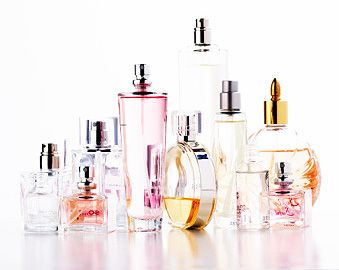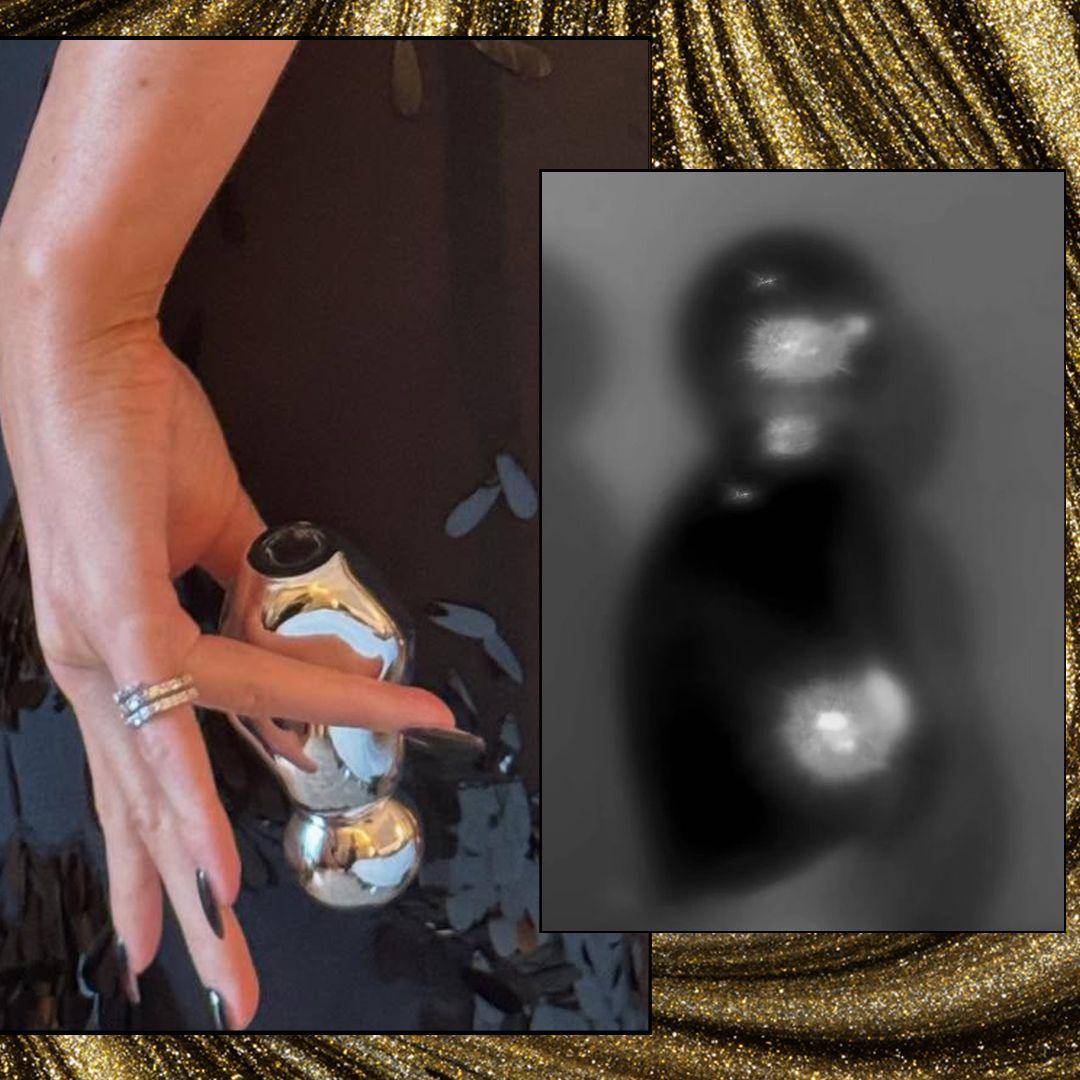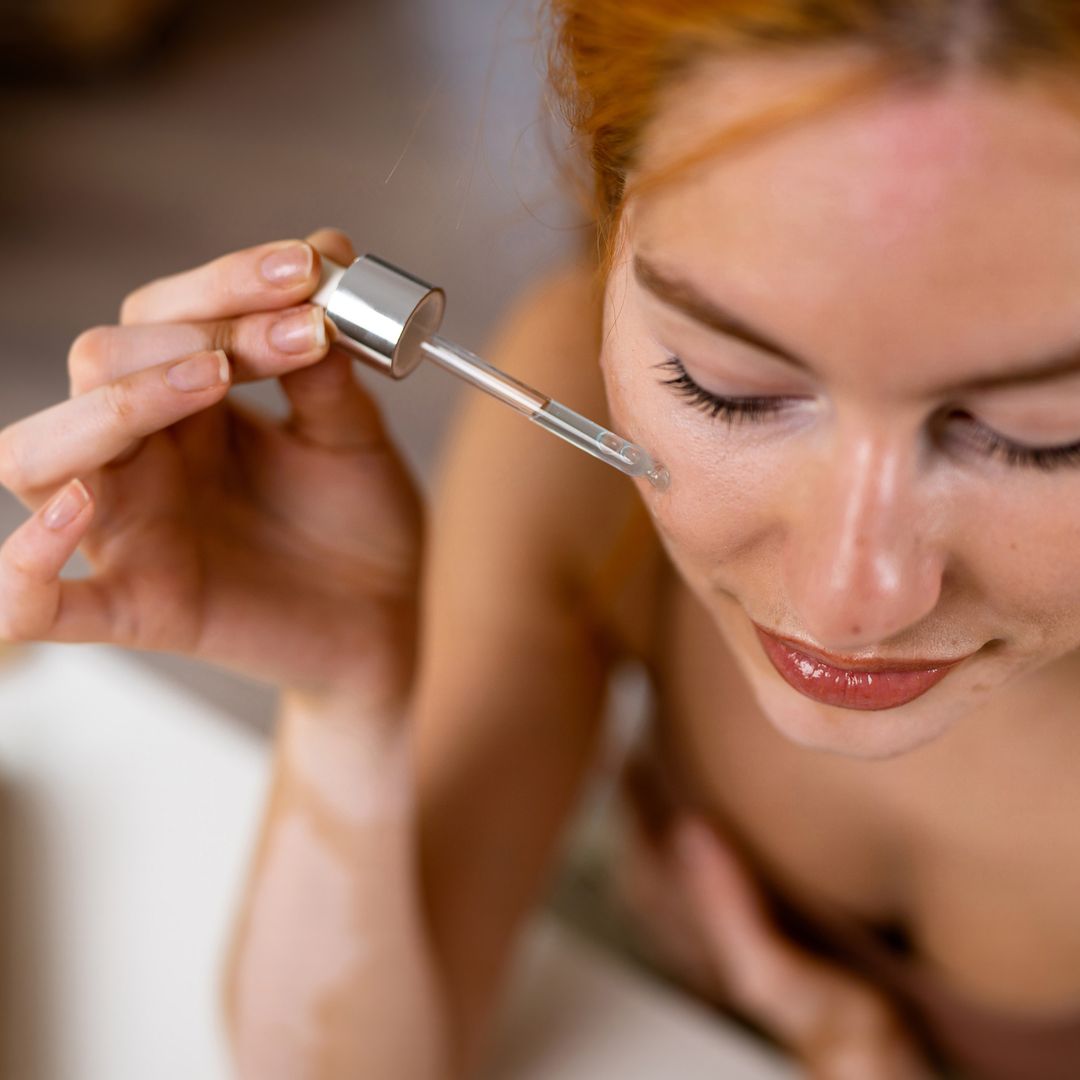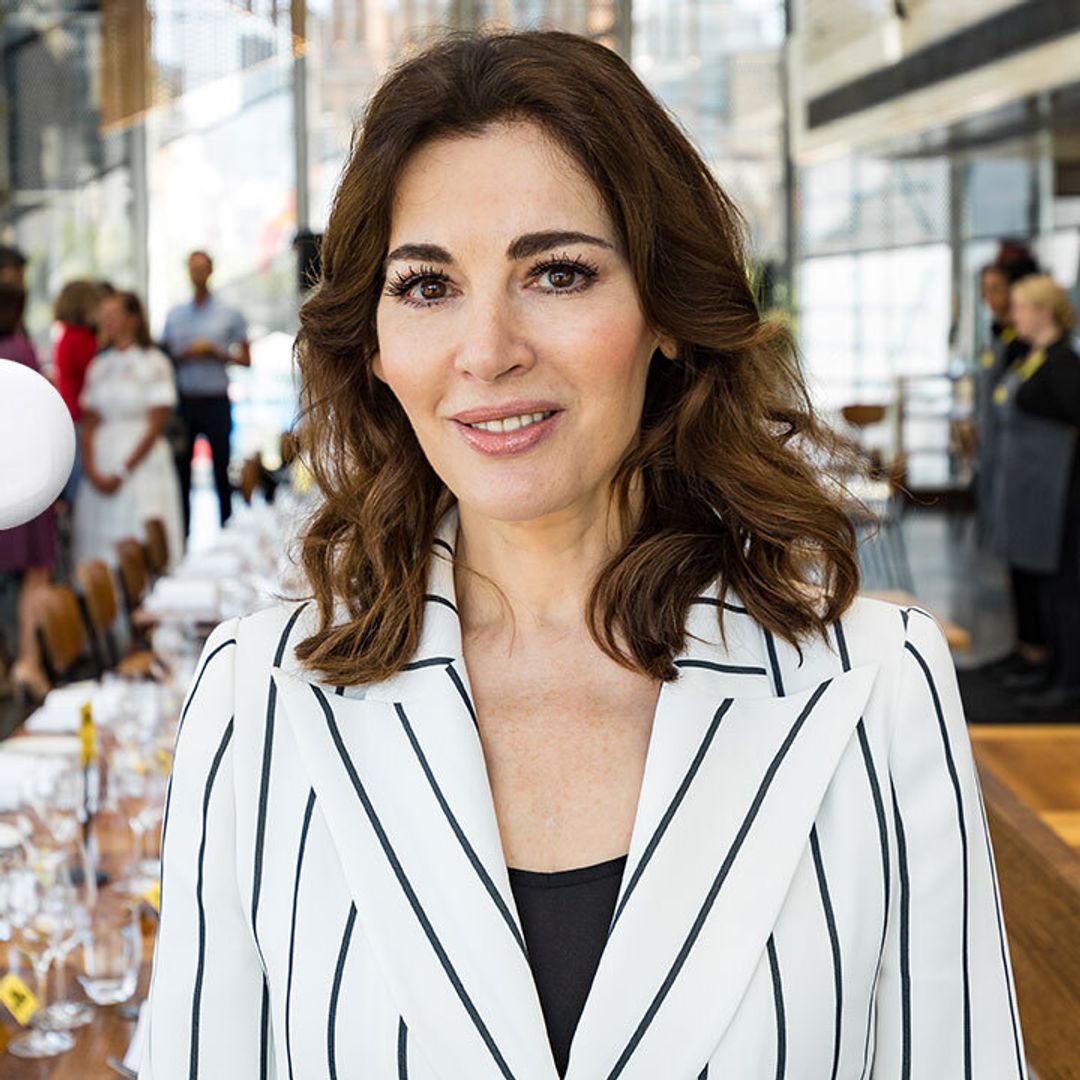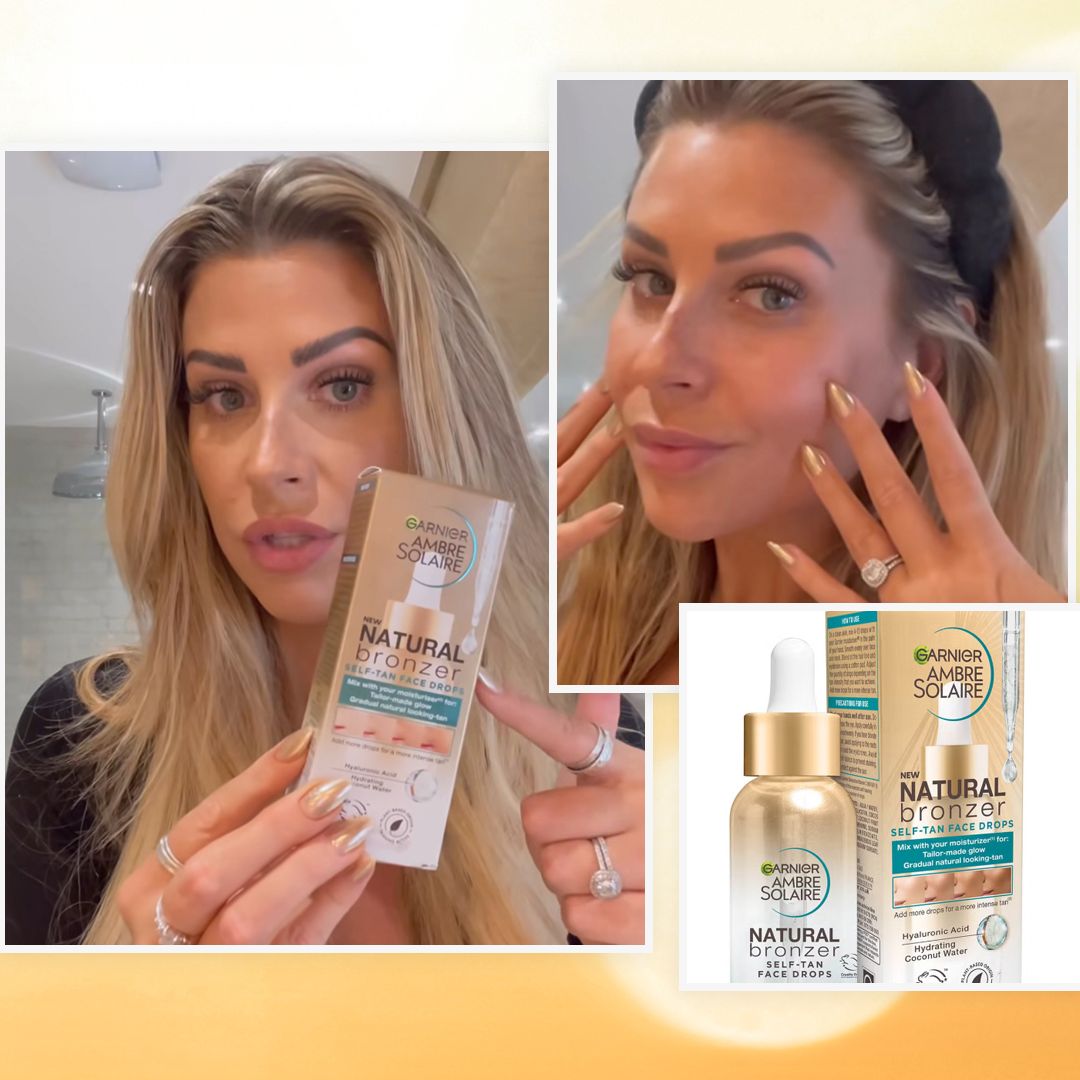Are you confused about the difference between perfume, eau de cologne, eau de toilette and the other forms your favourite scent comes in? The word 'perfume' itself derives from the Latin per – through – and fumare – smoke – so perhaps it's not surprising the subject is a bit hazy. With the arrival of the good weather, you may be looking for something a little lighter than the scent you use during the colder months. Each perfume house uses its own terminology and categories to classify its perfumes according to the concentration of essences or aromatic oils they contain, but the following should give you a general idea of what you're buying:
Eau de Cologne. At the bottom end of the range as far as concentration is concerned, is eau de cologne. This tends to contain about 7% essence dissolved in alcohol of 60º or 70º. It is delightfully refreshing in hot weather and because it doesn't last long, it can be frequently reapplied directly to the skin. It tends to be marketed in large sizes of up to 200 ml and is often applied by spray.
Eau de toilette. Sometimes used to describe the same concentration as cologne, eau de toilette can contain up to around 10% aromatic essence. The top notes – the first scent released by a perfume – are dominant, making it refreshing when it is applied, and it evaporates and fades away quite quickly. Eau de toilette and cologne are the most popular forms in which fragrance is sold and are particularly appropriate for the summer.
Eau de parfum. After the top notes have died away, the middle notes or heart notes of a perfume become noticeable. This is the focus of eau de parfum which makes it perfect to spray on hair or clothing. (Be careful with delicate fabrics such as silk, though, as they may stain.) The concentration of oils is over 15%, sometimes reaching as high as 20%. Since it is less intense than perfume extract, it is also cheaper, but it usually lasts well and is sold in small sizes.
Perfume. Also called perfume extract or extrait, this is the most expensive version of any fragrance; it's also the most beautiful because of the whole symphony of top, heart and base notes released over a period of time. This is due to the high concentration of essences – as much as 40% by volume. Perfume is applied directly to the skin on pulse spots – insides of the wrists, behind the ears, at the throat... The average concentration of essence in a perfume is 25%, which makes it the longest-lasting of all the scent categories. Only a tiny amount is needed, which is reflected in the sizes in which it is sold.

